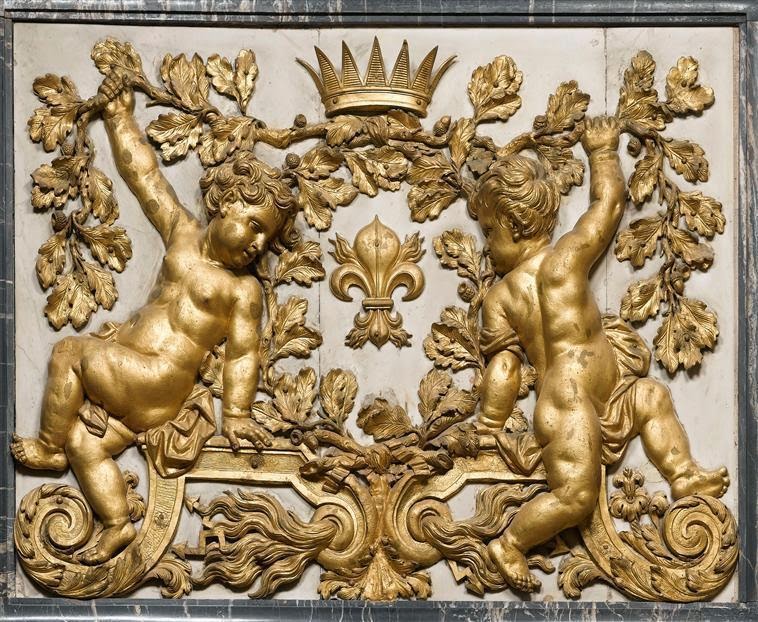Built in the 18th century as a one story house, Baltimore merchant Henry Thompson expanded the home and added a second story during the early 19th century. Johns Hopkins, Baltimore merchant and philanthropist, purchased Clifton in 1837 as his summer estate. Hopkins expanded the house into an Italianate villa complete with ornamental gardens and a lake on the 500 acre property.
After moving to Baltimore at the end of Summer 2005. I had been interested in going to Johns Hopkins Summer home Clifton. The name Hopkins is the biggest name in Baltimore and my last name just happen to be Hopkins. No connection to Johns Hopkins. The original house built on the grounds was a small one story house. Baltimore merchant Henry Thompson bought Clifton in 1803, he played a pivotal role in defending the new nation at the Battle of Baltimore in the War of 1812. Raising his own militia, Thompson defended the liberties the nation had achieved just over 30 years earlier. The name Clifton probably comes from Clifton Hall and the battle of Clifton which took place near Lake Ullswater, the home of Henry Thompsons’ ancestors. Presumably Thompson gave this name to his new home on the outskirts of Baltimore when he moved his family there in 1803. Thompson made many additions to the house and surrounding gardens, so that it could be called a mansion by the time he sold it to Daniel Cobb in 1835, Cobb defaulted on his mortgage to Thompson whose heirs sold it at auction to Johns Hopkins.
Hopkins, one of Baltimore’s most important benefactors hired the leading architectural firm of Niernsee & Neilson to turn The federal style home into an Italianate villa , he made further additions to the house including the large tower which transformed it into an Italianate villa complete with ornamental gardens and a lake on the 500 acre property. He added countless exotic trees, a Gothic Gardeners house, an orangery and a garden with over 100 pieces of marble sculpture. Andrew Jackson Downing, one of America’s foremost nineteenth-century taste-setters, praised Clifton as one of the most elaborate places in the country.
Me in front of Clifton
Clifton at dusk
The mansion is an Italianate villa, replete with a six-story tower where Hopkins could watch ships come and go from Baltimore Harbor.
Italianate style door for the porte-cochere
The mansion is an Italianate villa, replete with a six-story tower where Hopkins could watch ships come and go from Baltimore Harbor.
Italianate style arcade porch surrounds the home
Andrew Jackson Downing, one of America’s foremost nineteenth-century taste-setters, praised Clifton as one of the most elaborate places in the country.
Plaster medallion under the porte-cochere
The land on which Clifton Park sits was once farmland. In 1838, it was bought by Johns Hopkins for his estate, and developed with a lake and a large sculpture collection. Later, in 1858, it was converted into an Italian villa.
The original farmhouse built circa 1790 was purchased by 1803 by Baltimore merchant Henry Thompson, who named it “Clifton” and added a two-story addition. Johns Hopkins purchased the mansion in 1838 and hired the leading architectural firm of Niernsee & Neilson to turn it into an Italianate villa complete with porte-cochere, arcade porch and tower in the 1850's. Sold in 1895 to the city as a public park, the golf course and tennis courts remain with the house, which is leased to Civic Works, a nonprofit youth training corps.
After Hopkins’s death in 1873, Clifton Mansion and its grounds were used by Johns Hopkins University as athletic fields, and then sold to the City of Baltimore for use as a public park, which continues to this day. Clifton Park and all of its buildings are on the National Register of Historic Places.































No comments:
Post a Comment